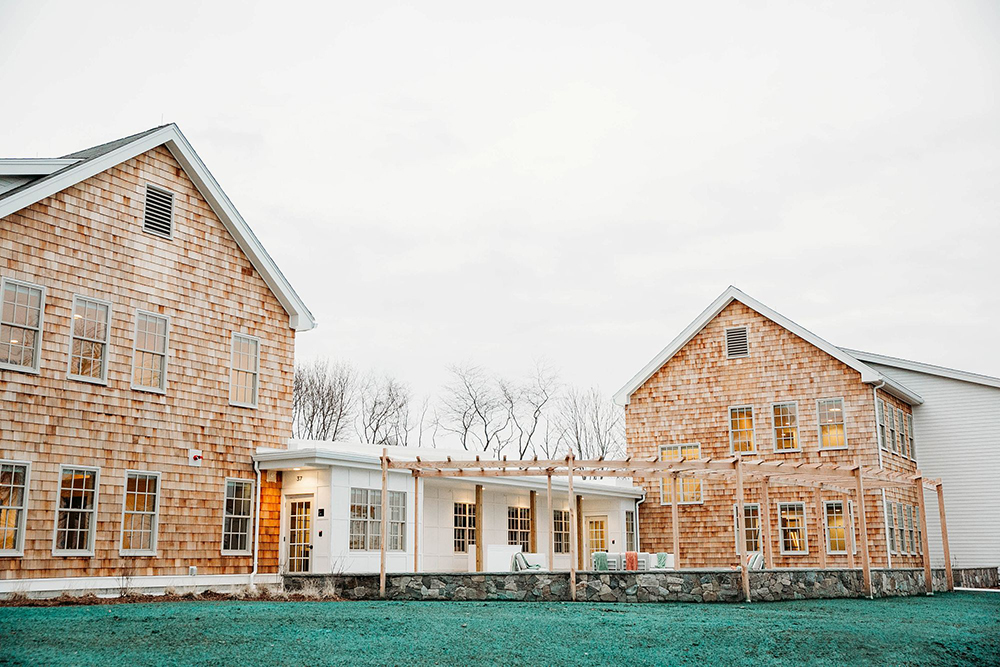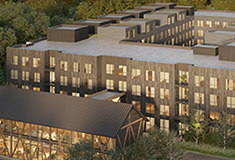Understanding risk-based pricing for financing - by Mark Zink

Melrose Cooperative Bank
When an investor considers financing of a new asset – whether it’s an investment property, equipment, or another large purchase – it is important to factor in the interest rate associated with the loan. After all, this component has a long-term impact on the ultimate value of the asset. But, did you know that not all interest rates are created equally? Banks look at a multitude of factors each time an interest rate is determined, and they all boil down to the same premise: Is the bank getting paid for the risk that the asset presents?
As an investor, this concept should sound familiar. You want to know if the reward is worth the risk. Would you purchase a property at a value you feel is above market and presents low long-term returns? In most cases the answer is no - unless, of course, you believe the location and property type are immune to market factors. In this case, the asset can work similar to a bond. However, in typical scenarios, long-term and short-term implications are evaluated to determine if the benefits are worth the investment of resources.
By evaluating the risk of your particular application closely and carefully, banks can better prepare a lending solution that accommodates the needs of the borrower and safeguards its own assets. This is called “Risk-Based Pricing” and it is a result of assessing a variety of factors including:
• An investor’s experience;
• The amount of debt relative to the property’s value;
• The cash flow the asset will generate; and
• The market factors where the property is located (demand, vacancy, new construction, etc.).
If an investor is deemed a higher-risk borrower, they may be subject to a higher interest rate to help balance the associated risk. On the other hand, if both the individual and asset are positioned as lower-risk, the borrower may benefit from a lower interest rate. When there is less concern on the lender’s behalf, and a greater confidence in one’s ability to pay consistently and on time, there will be less of a need to buffer potential setbacks with a higher interest rate.
As both parties evaluate the implications of the investment, risk is considered from all angles. Preparedness is key. Before the application process begins, it is important to speak with your lender and determine what information will be needed in order to evaluate your specific case. Having the appropriate documents and information in advance may assist in streamlining the review of your application and ensure the process has a positive start.
Mark Zink is the vice president commercial lending at Melrose Cooperative Bank, Melrose, Mass.
Preservation of Affordable Housing secures $23.5 million in financing from Rockland Trust and Citizens Bank

Examples of investors who used Kay Properties for legacy and estate planning purposes for rental property/portfolios - by Dwight Kay










